May 24, 2025 | 16:25 GMT +7
May 24, 2025 | 16:25 GMT +7
Hotline: 0913.378.918
May 24, 2025 | 16:25 GMT +7
Hotline: 0913.378.918
On November 12, the Ministry of Agriculture and Rural Development (MARD) held a conference in Nam Dinh Province, to review the rice production in 2020, and prepare for the winter-spring crop in 2020-2021.
In 2020, rice producers encountered a number of difficulties such as the risk of crop diseases in the winter-spring crop and impact of the Covid-19 pandemic; however, they reaped a bumper harvest with a rise in profit and a fall in production cost, said Deputy Minister of Agriculture and Rural Development Le Quoc Doanh.
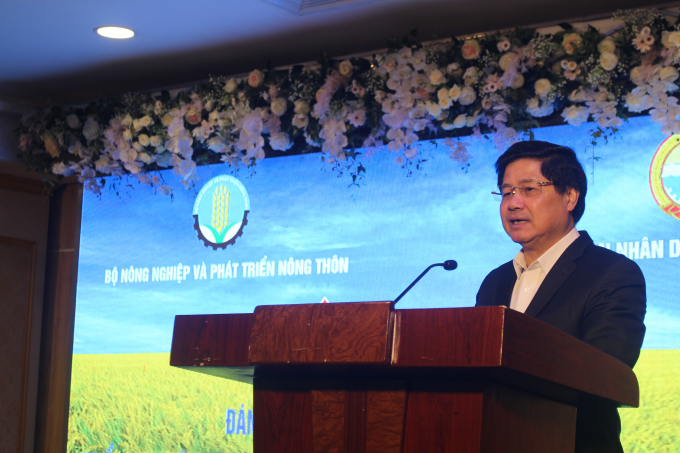
Deputy Minister of Agriculture and Rural Development Le Quoc Doanh addressed the conference. Photo: Mai Chien.
By the end of November, 2020, the rice export in 2020 reached some 6 million tonnes with the export turnover of about US$ 3 billion, a 11% increase in value year on year. Meanwhile, the rice quality continues to be boosted.
According to the Department of Crop Production, MARD, in 2020, rice was grown on an area of 2.3 million hectares, a fall of about 36 thousand hectares year on year. This is because some growers turned to other high-value crops, and some areas were stricken by droughts or were used for other purposes.
The average rice yield of the 2020 of the northern provinces is estimated at 57.1 quintal/ha, a rise of 1.4 quintal/ha compared to 2019.
The total rice output is expected to stand at over 13 tonnes, a rise of 122 thousand tonnes year on year.
In the 2020-2021 winter-spring crop, rice is projected to be grown on an area of 1,088 million hectares, a decrease of about 9.6 thousand hectares compared to the same period last year. According to the National Centre for Hydro-Meteorological Forecasting, the period from the end of December 2020 to February 2021 is likely to undergo severe cold weather. Some cold spells are expected to last in 7-10 days and even more in the northern mountainous provinces.
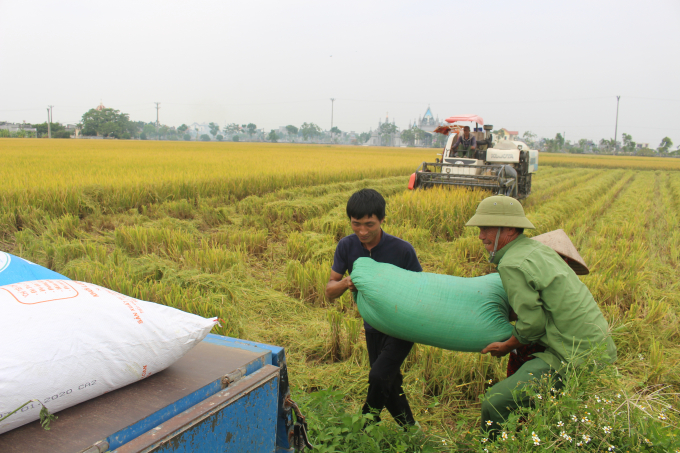
Rice production in northern Vietnam witnessed an incredible turnaround, thereby ensuring food security and exports. Photo: Mai Chien.
The harsh weather conditions can lengthen the growth of rice in the 2020-2021 winter-spring. As low temperatures can harm the flowering process, it is necessary to allow for a proper timeline so that rice can be grown in the most conducive conditions. This is even more important in provinces in Red River Delta and northern midlands and mountainous area where the harsh weather conditions are due.
Department of Crop Production advised that sowing should be done mostly after Feb 3, 2021, and high-quality, pest-resistant, short-duration rice varieties are encouraged. Every locality needs to devise a rice production plan for 2020-2021 winter-spring and summer-autumn and winter crops in 2021.
Besides, it is also vital to employ water-saving irrigation measures, make use of water out of high tides, while following the schedule of water discharge from reservoirs to store enough water for use.
By November 5, rice seeds have been sowed on an area of 295,000 hectares, accounting for 73% of the planned one.
Specifically, 78 thousand hectares and 212 thousand hectares of rice seeds have been planted in the North Central Coast and in Red River Delta and northern midlands and mountainous area respectively.
Major farming areas are seen in such provinces as Thai Binh, Hanoi with 25 thousand hectares, Hai Duong with 20 thousand hectares and Bac Giang with 16 thousand hectares and Vinh Phuc with 11 thousand hectares.
The Department of Crop Production also underscored that currently, it was no longer suitable to sow of crop varieties that could grow best in warm weather condition.
Instead, it is time to plant varieties that grow best in cold weather such as leafy greens and potatoes. The growing areas of higher-value crops should be expanded.
Besides, crop rotation should be effectively adopted in order to avoid the redundance of vegetables.
In addition, it is important to plan and import a reasonable number of potato seeds. The quality of potato varieties also needs to be examined carefully.
Author: Le Ben. Translated by Meagan Phan. Edited by Duc Huy.
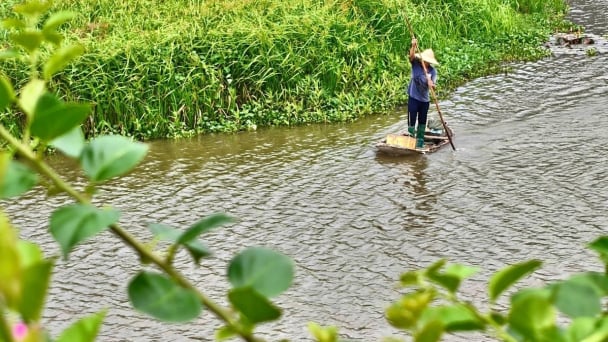
(VAN) In the tranquil wetlands of Van Long, there are quiet souls who guard the forests, nurture the waters, and oversee every bird and troop of langurs as protecting the essence of a living heritage.
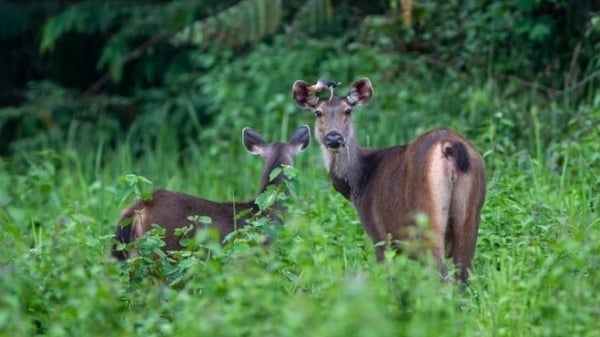
(VAN) WWF, GIZ, IUCN, UNDP call for biodiversity conservation and sustainable development must be regarded as a unity in strategies for a green future.
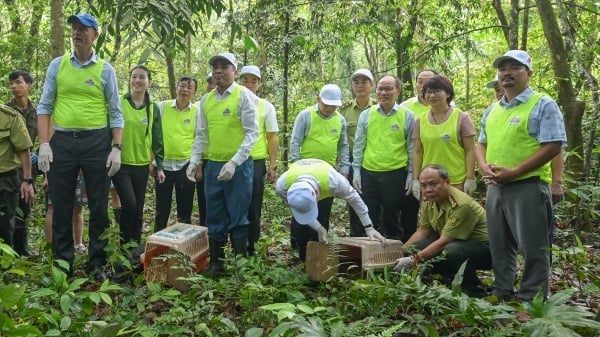
(VAN) On celebration of International Day for Biological Diversity, Deputy Minister Nguyen Quoc Tri called for practical actions to address nature and biodiversity conservation.
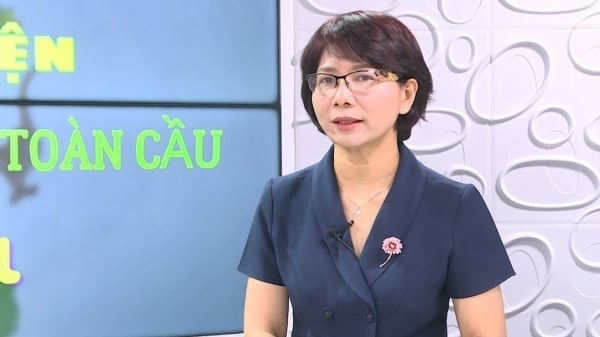
(VAN) Dr. Hoang Thi Thanh Nhan – Deputy Director of the Nature and Biodiversity Conservation Agency – highlighted this on the International Day for Biological Diversity, May 22, 2025.
![Ho Chi Minh city adapts to climate change: [2] Accelerating action](https://t.ex-cdn.com/nongnghiepmoitruong.vn/608w/files/chiqk/2025/05/22/4024-4220-bien-doi-khi-hau-1-100626_766.jpg)
(VAN) Clearly recognizing the challenges posed by climate change, Ho Chi Minh city has swiftly shaped its policies and implemented practical solutions to adapt.
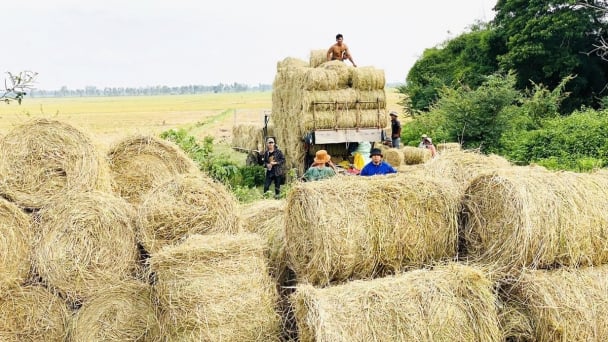
(VAN) Rice straw is no longer just a discarded byproduct, but it is becoming a green resource that helps farmers in the Mekong Delta reduce emissions and promote circular, sustainable agriculture.

(VAN) Other Effective Area-based Conservation Measures (OECMs) are solutions that contribute effectively to achieving the goals of the Kunming–Montreal Global Biodiversity Framework.